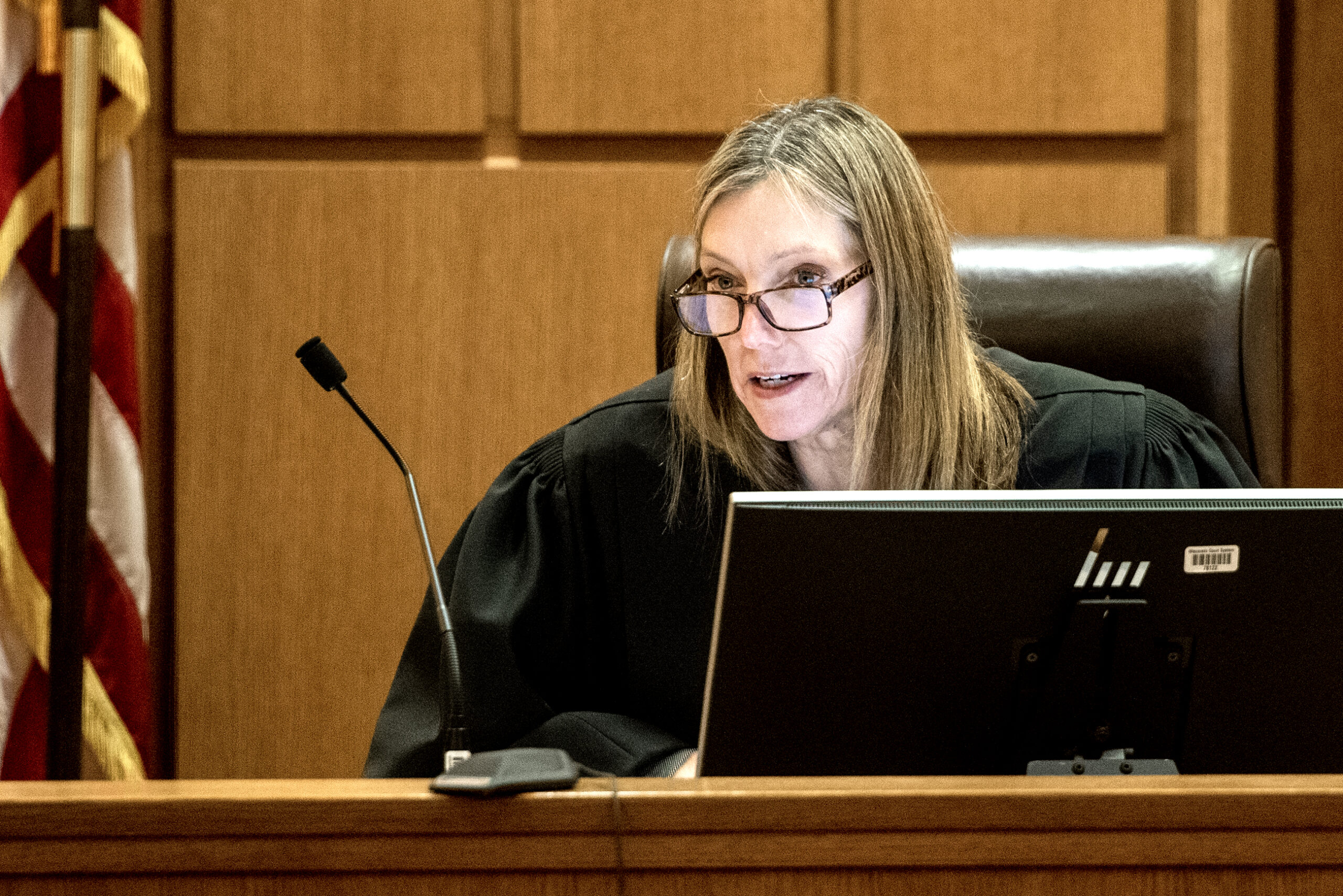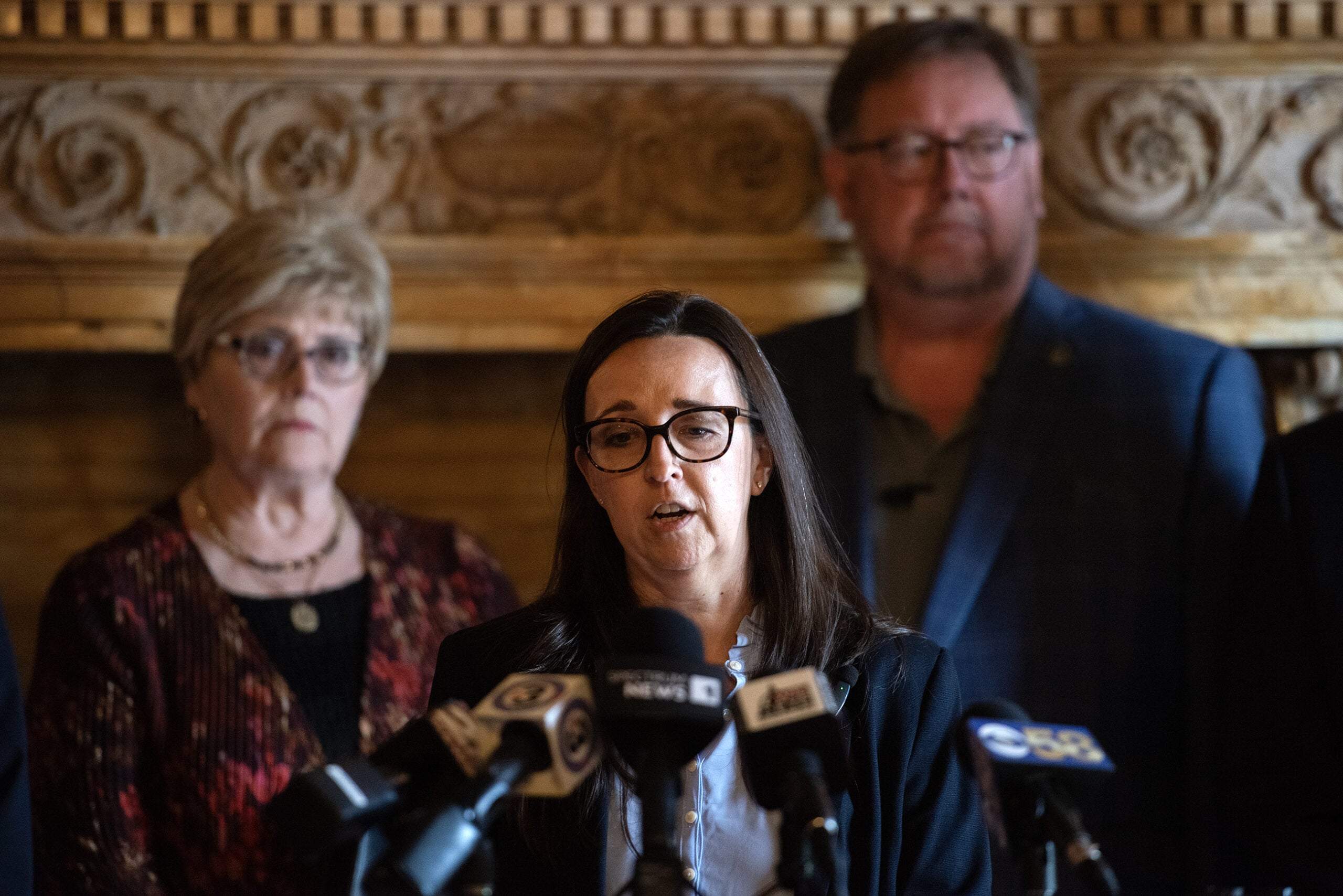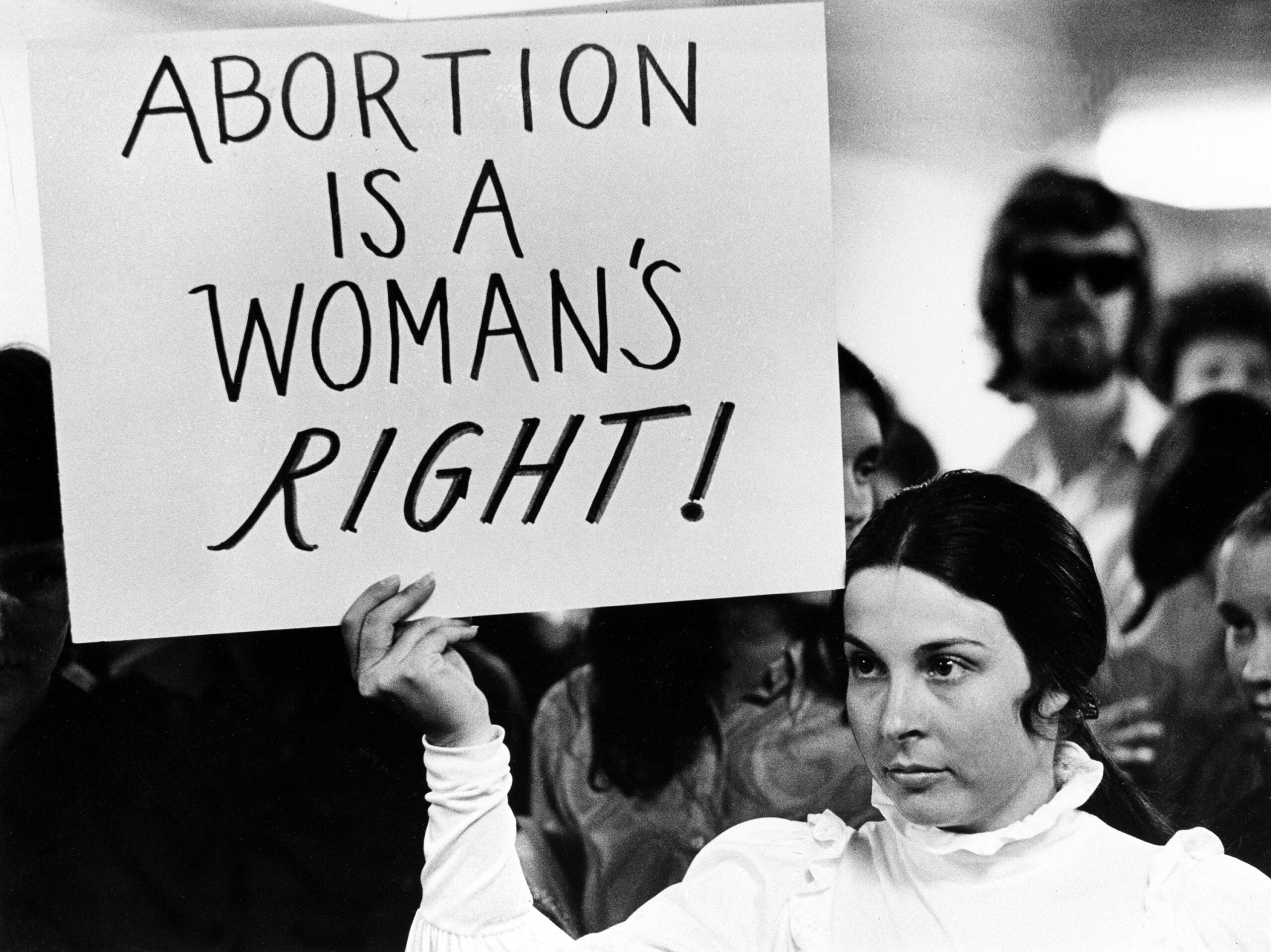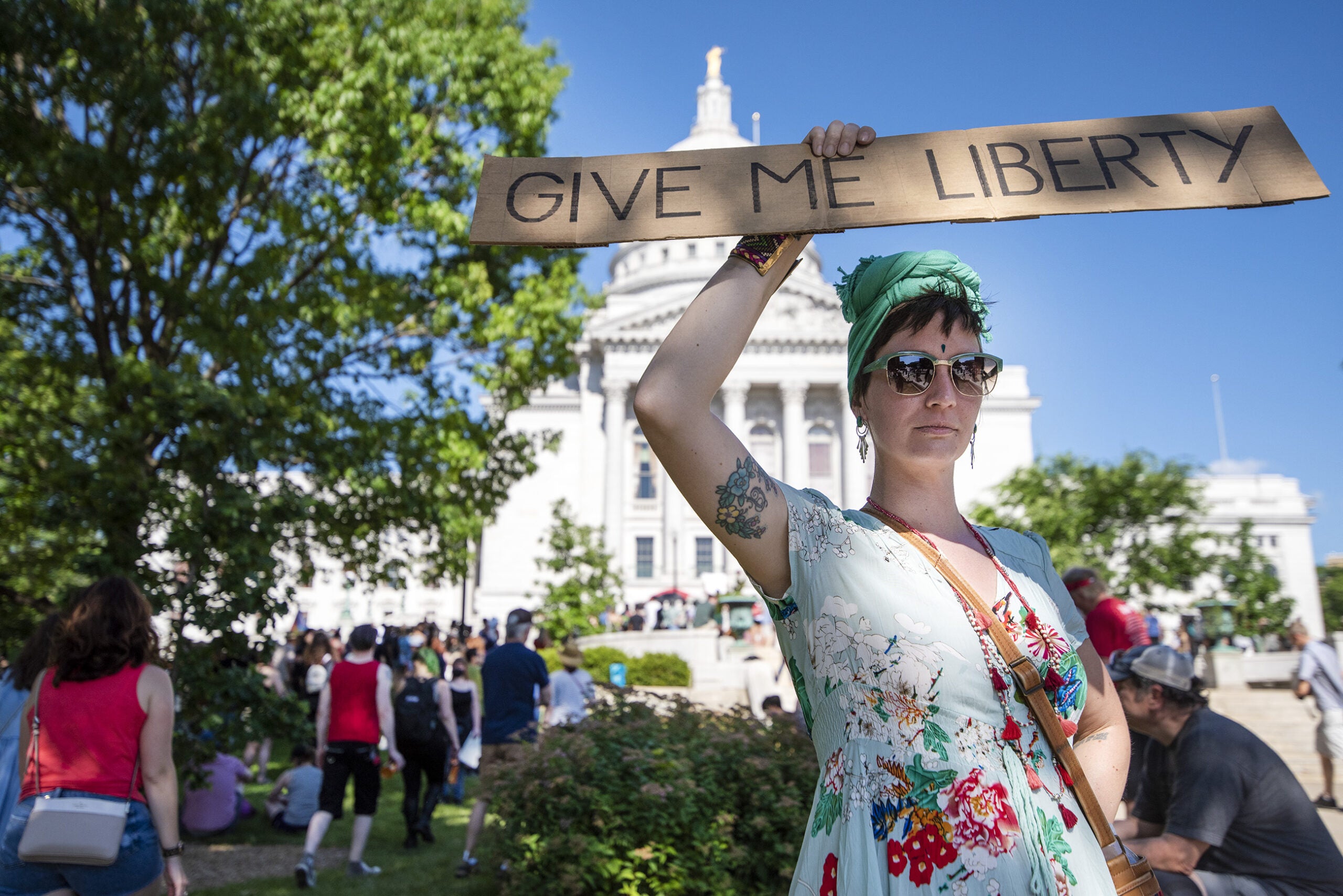More than 40 years after the Roe v. Wade decision legalized abortion, the issue still divides people today. Our guest covers the history of abortion, and argues that the decision led to better healthcare for women and families. We also review the best and worst ads from Super Bowl Sunday.
Featured in this Show
-
Sentimental Ads Dominate 2015 Super Bowl
Sunday night’s Super Bowl was full of surprises: The New England Patriots staged a comeback to win the game after a dramatic interception at the 1-yard line, pop star Katy Perry rode a giant robotic tiger into a halftime show performance that included hip-hop legend Missy Elliott — and the ads took sentimental to whole new level.
McDonald’s offered free food for acts of kindness in its ad, while Always feminine products attempted to redefine girlhood. Nationwide Mutual Insurance even addressed preventable childhood deaths in an ad about home accidents that caused a major stir on social media.
Derek Rucker, a professor of marketing in the Kellogg School of Management at Northwestern University, where he co-leads the Super Bowl Advertising Review, said he has two theories as to why sentimental ads dominated the Super Bowl.
“One is, if you just look around the NFL this year, there was a lot of controversy off the field, with domestic violence and so on. Here was a year that your brand might be tempted to be safe … Being sentimental, being thoughtful might be thought of as a safer play,” said Rucker.
Rucker’s second theory is that sentimental ads in the past have attracted attention, and in an attempt to craft standout ads, more brands went in that direction. The one problem, according to Rucker, might be that they all had the same thought in the same year.
According to Rucker, the most important aspect of an ad is that it actually stimulates sales. It can be funny, sentimental, or shocking — but at the end of the day, if it doesn’t turn a buck, it’s a flop.
“At some level, I’m spending $4.5 million for 30 seconds to create some movement,” said Rucker.
The Super Bowl is a unique opportunity to stimulate sales because it attracts the largest American television audience all year long. For such a serious advertising event, Rucker’s Super Bowl Advertising Review assesses all the ads of the game, giving them each a letter grade. The six ads that earned A’s this year included: Always, Budweiser, Clash of Clans, Coca-Cola, FIAT, and McDonald’s. Check them out below:
Always:
Budweiser:
Clash of Clans:
Coca-Cola:
FIAT:
McDonald’s:
-
New Book Seeks To Remind Americans Of Dangers Of Illegal Abortions
Its been more than 42 years since the controversial Roe v. Wade case and yet the landmark U.S. Supreme Court decision that legalized abortion continues to be a political and legal battle.
U.S. House Republicans recently passed a law aimed at making sure federal money can’t be used to pay for abortions. That federal action comes as many states have issued restrictions on abortions, including Wisconsin’s recent law requiring providers to have admitting rights at hospitals. That law is currently not in effect after being struck down in a federal court.
Dr. David Grimes, former chief of the abortion surveillance branch at the U.S. Centers for Disease Control and Prevention, argues in a new book that the anti-abortion efforts have been largely misguided.
In his new book, “Every Third Woman in America: How Legal Abortion Transformed Our Nation,” Grimes traces the impact of legal abortion since the Supreme Court ruling. He said people tend to forget the damage done by illegal abortion, and to overlook the benefits of medical benefits of legalization.
“Estimates from the days before Roe v. Wade were somewhere between 200,000 and 1.2 million illegal and unsafe abortions took place each year in the U.S.,” Grimes said. “And that caused terrible suffering and death. For example, every large municipal hospital in America had an entire ward filled with patients suffering from infectious complications.”
After the 1973 landmark case, deaths from illegal abortions disappeared almost overnight, Grimes said.
“Abortion has become one of the safest procedures in all of medicine. Indeed, for the last several decades, the risk of death from an abortion is less than that of an injection of penicillin,” he said.
By legalizing the procedure, Grimes said abortions had a variety of health impacts, including the decrease of “shotgun” marriages, single-parent households, premature births and newborn deaths.
“Since Roe v. Wade, more than 50 million American women and their families have been the beneficiaries of safe, legal abortion,” Grimes said.
-
Reviewing 2015's Super Bowl Ads
Super Bowl Sunday is the biggest (and most expensive) day of the year for advertisers. How did this year’s batch of commercials stack up? A marketing professor breaks down the ads that scored with viewers, and the ones that fumbled.
-
Every Third Woman In America: How Legal Abortion Transformed Our Nation
The 1973 landmark U.S. Supeme Court decision Roe v. Wade just had its 42nd anniversarya couple weeks ago. A reproductive health expert discusses how legalized abortion changed our society and discusses what he calls “needless regulations” that some on Congress are trying to pass that would limit access to abortion for some American women.
Episode Credits
- Rob Ferrett Host
- Veronica Rueckert Host
- Galen Druke Producer
- Amanda Magnus Producer
- Chris Malina Producer
- Derek Rucker Guest
- Dr. David Grimes Guest
Wisconsin Public Radio, © Copyright 2026, Board of Regents of the University of Wisconsin System and Wisconsin Educational Communications Board.





